A visit to Daejeon city with a history of over 100 years
The old things are naturally forgotten in the midst of rapid progress and unrelenting competition. This is because we value development in the pursuit of ever-better things. Daejeon is similar. As the 'City of Science,' cutting-edge science and technology captured the public imagination, and Daejeon's history slipped from view. In the face of urban development and indifference, the area surrounding Daejeon Station, which was once the city's center, has faded from public view. However, efforts have been made recently to unearth old records and populate Daejeon with history, culture, and people.
Soje-dong with 100 Years of History
Daejeon's history is inextricably linked to railways. Railroad Tied Residence, a village development for railway engineers, was established in the vicinity of Daejeon Station in 1905, as the Gyeongbu Line railway was being laid. There were originally three railroad residence Villages, but the majority were destroyed during the Korean War, leaving only Soje-dong standing. Soje-dong was named after a large lake known as 'Sojeho' that was reclaimed during the Japanese colonial period. The village is comprised of wooden structures built in the 1940s and 1950s, and visitors are encouraged to bring their cameras to capture the unique scenery found nowhere else in Daejeon. In contrast to the city's tall concrete structures, the city's low and ancient walls, bumpy brick roads, ditches along the sides of the road, and wooden pillars supporting the buildings all serve as historical and cultural records of Daejeon. Once a neglected and faded neighborhood, it has been revitalized by an influx of visitors.
There are about 40 railway official residences in Soje-dong. Among them, official residence No. 16 has been recognized for its historical value as the railway town with the best preserved architectural and spatial characteristics. They were previously residences for the families of Korean railroad officials. The tatami rooms and toilets have been preserved in their original state. It has been transformed into a sophisticated cultural space and reborn as a venue for a variety of exhibitions by emerging artists. In the annex located in the front yard of official residence No. 16, there is a small cafe where you can have coffee brewed by a robot. The space where old houses and cutting-edge robot technology coexist exemplifies the allure of Soje-dong, where the past and the present coexist.
Daejeon Bread Festival, where Daejeon's bread can be found all in one place.
The Daejeon Modern and Contemporary History Museum is located at the end of the road that runs in front of Daejeon Station, and it provides an overview of Daejeon's 100-year history. It was once used as the Chungnam Provincial Government Office as a representative modern building built in 1932, and it is now operated as an exhibition hall that serves as a living witness of important events and events in Daejeon.
The Museum of Modern and Contemporary History hosts a special festival that is unique to Daejeon. When wheat was supplied as a relief food from the United States following the Korean War, Daejeon, which was the center of railroad transportation, naturally became a base for wheat distribution. With the establishment of flour mills around Daejeon Station, food made with wheat flour, which was relatively easy to come by, has become Daejeon's signature dish.
The 'Daejeon Bread Festival,' which tells the story of Daejeon through flour, was planned by the Daejeon Tourism Organization and was held for the first time in November 2021. At the festival, you can not only see Daejeon's bread-based foods in one place, but it has also established itself as a popular festival that attracts visitors from all over with various attractions and experiences such as K-pop concerts, baking contests, cooking classes, and eating contests with famous YouTubers. This year, the Daejeon Modern and Contemporary History Exhibition Hall will host two Bread Festivals, one in May and one in October. It is expected to grow into a rich festival that will fill Daejeon with more diverse experiences and attractions, attracting the attention and excitement of a large number of people.
Efforts to achieve conservation and development at the same time are strengthening Daejeon. Although not flashy, the city's rich history brought people together, created a new culture, and breathed new life into the original city center. The new wind blew away the stagnant air, revealing the city's true identity. As a result, Daejeon is experiencing a renaissance of sorts.


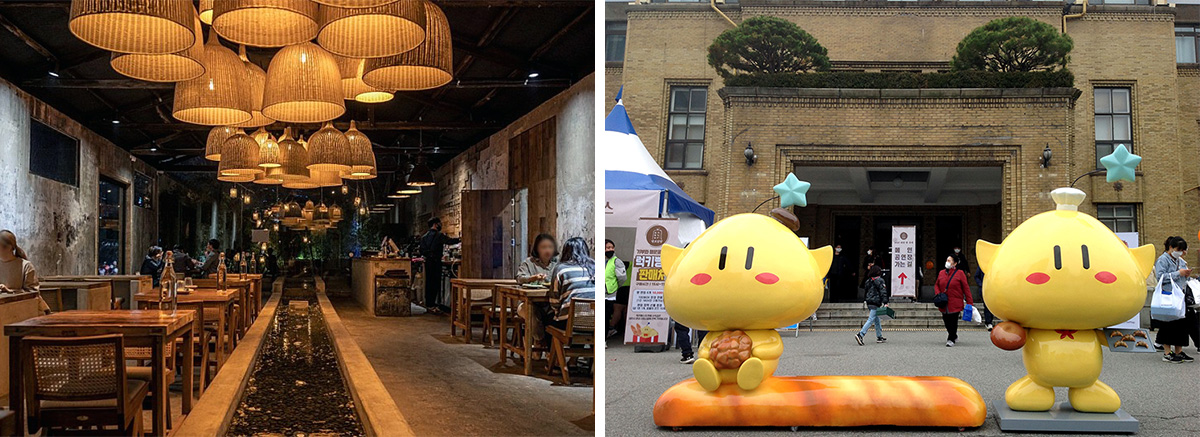
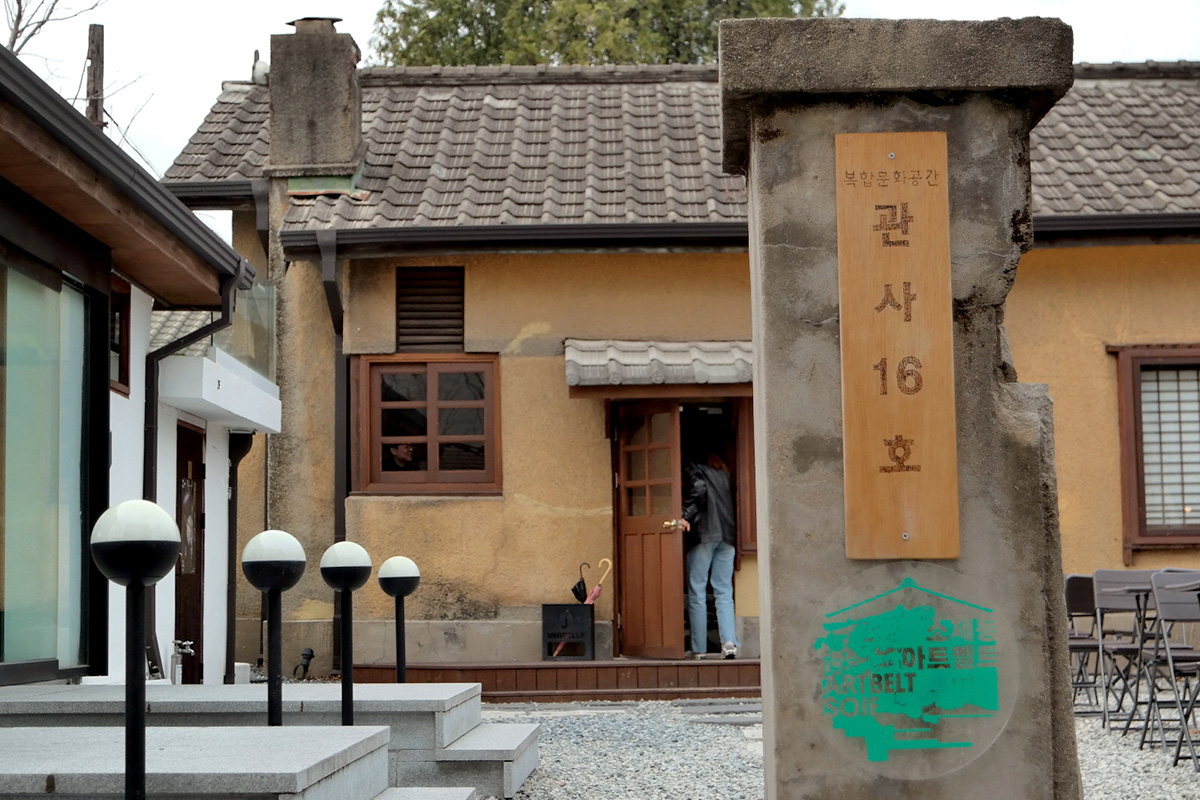
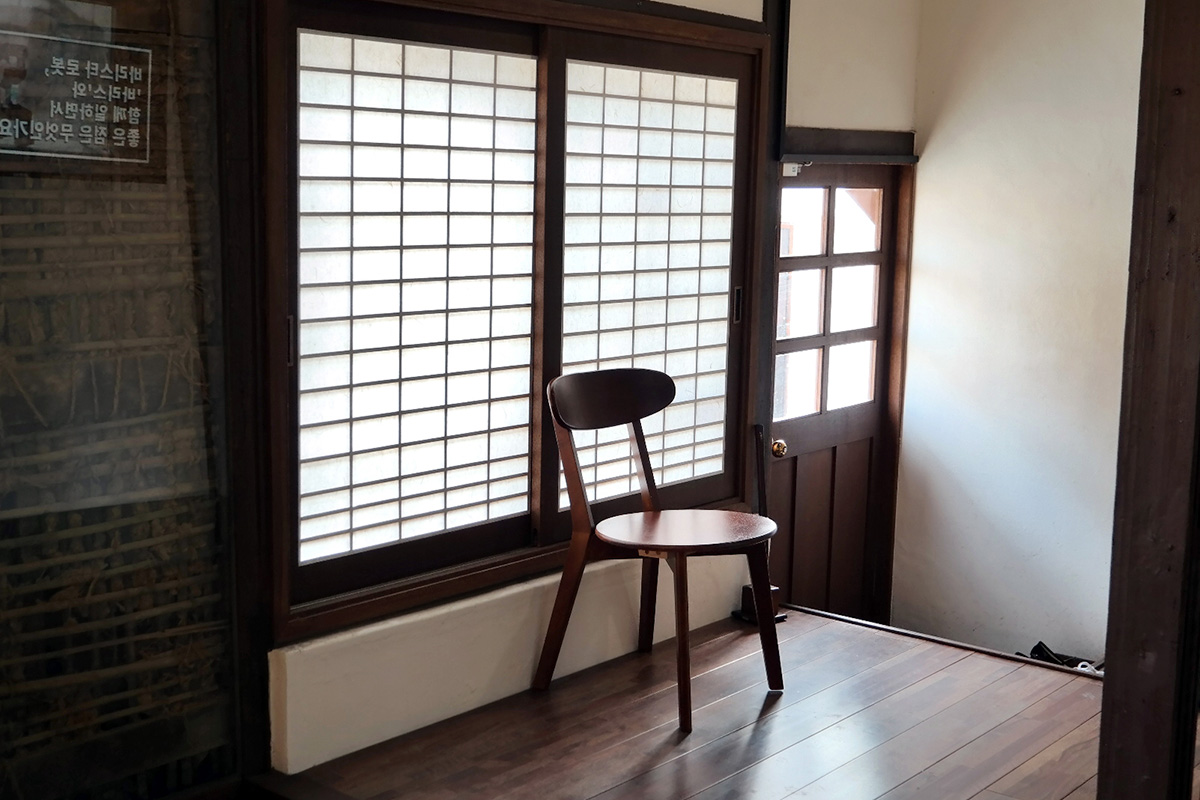
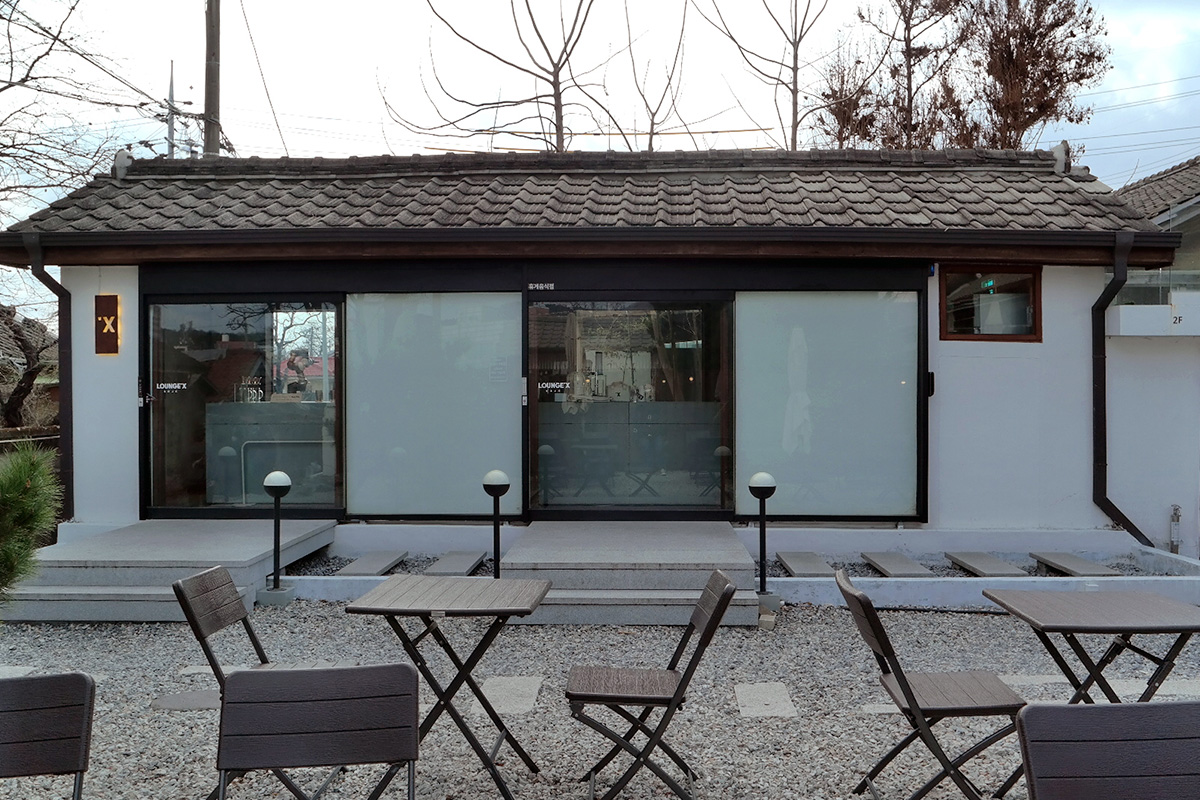
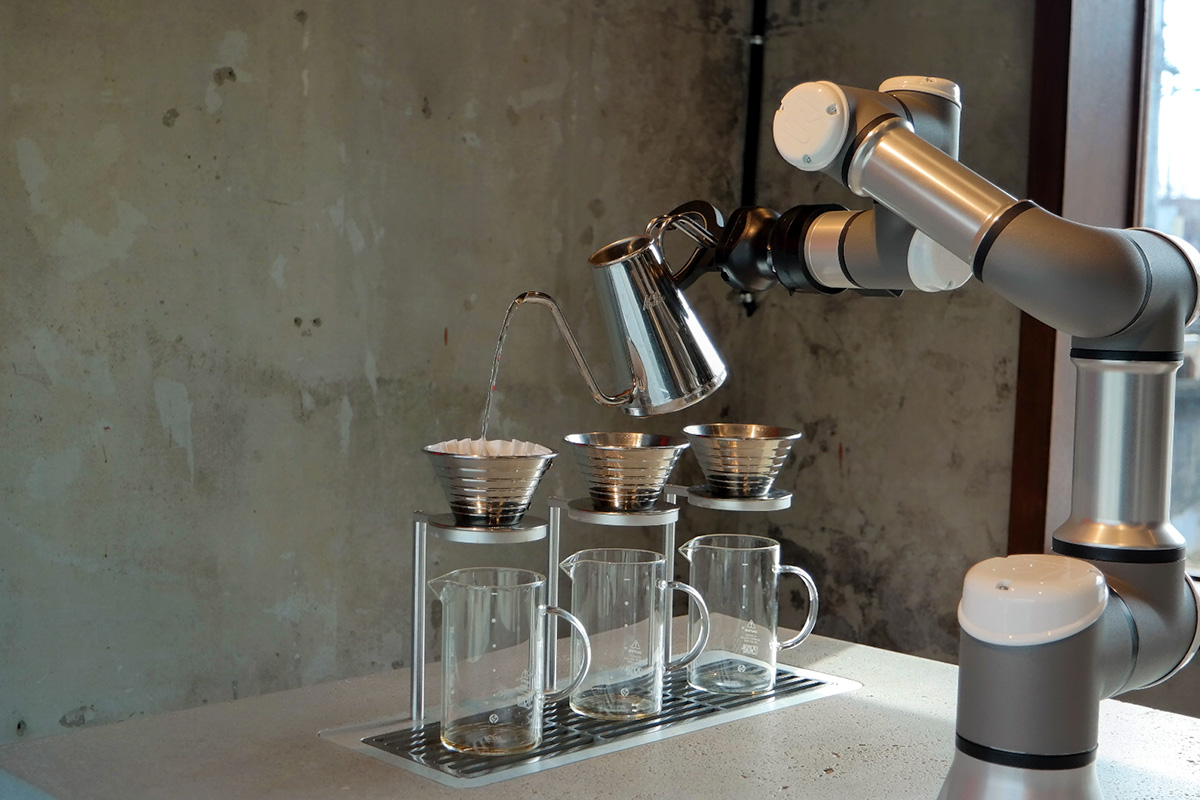
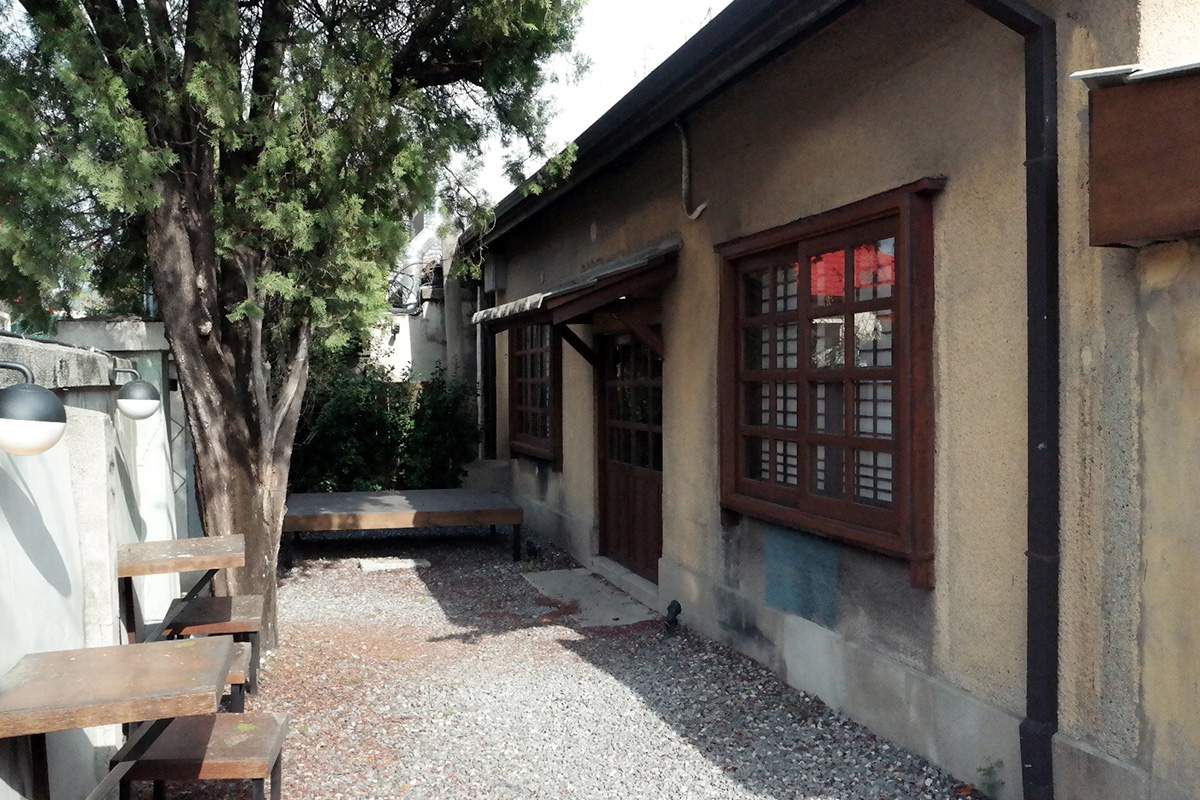
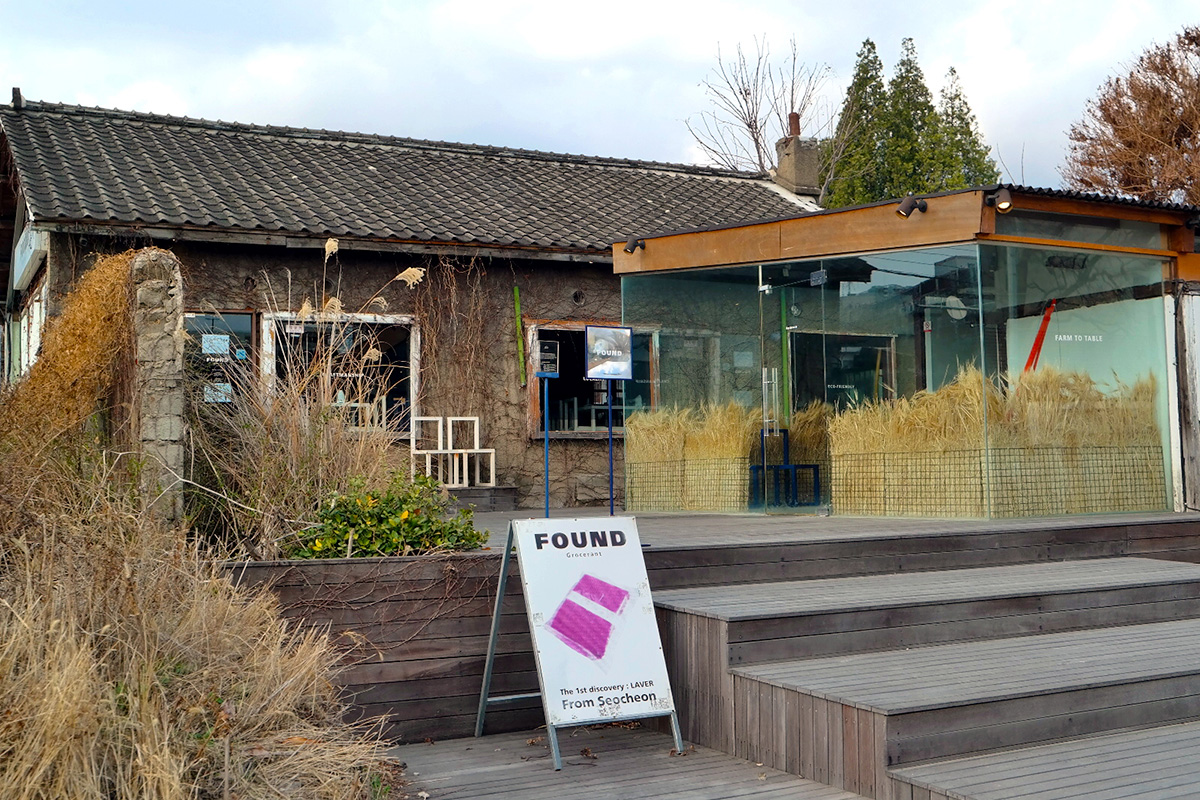
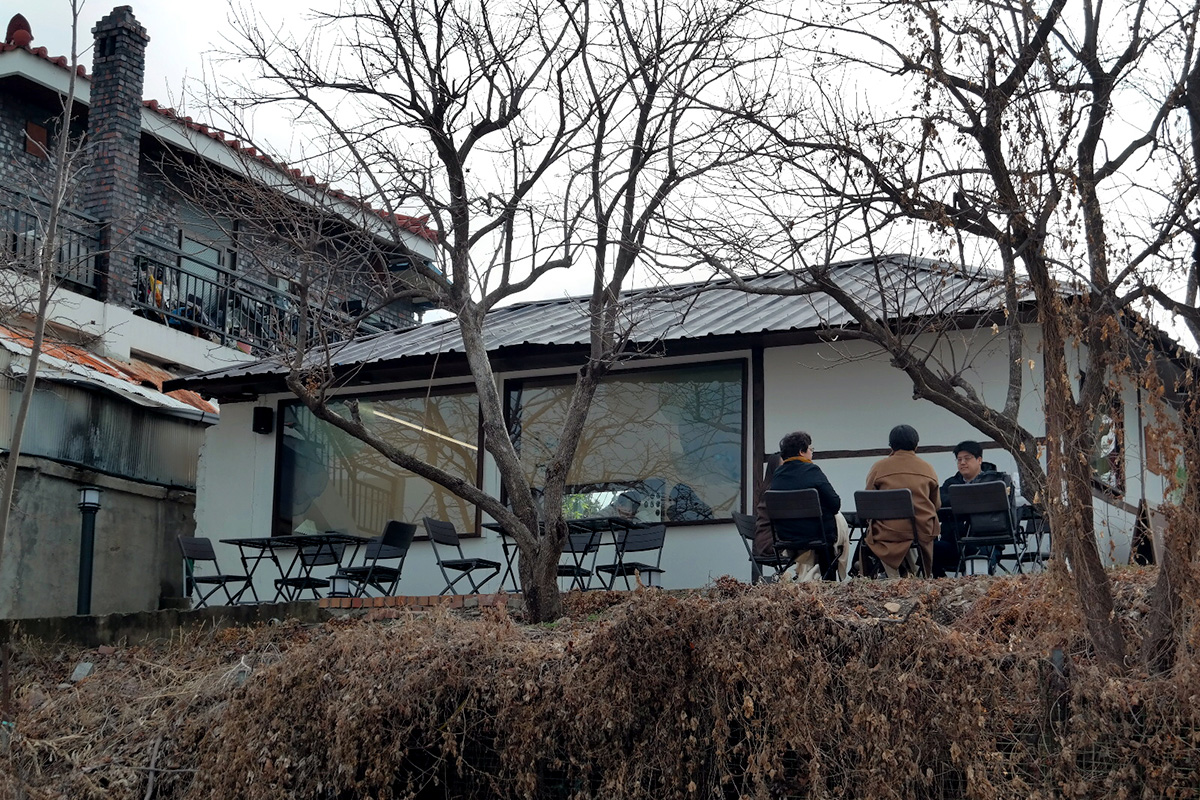
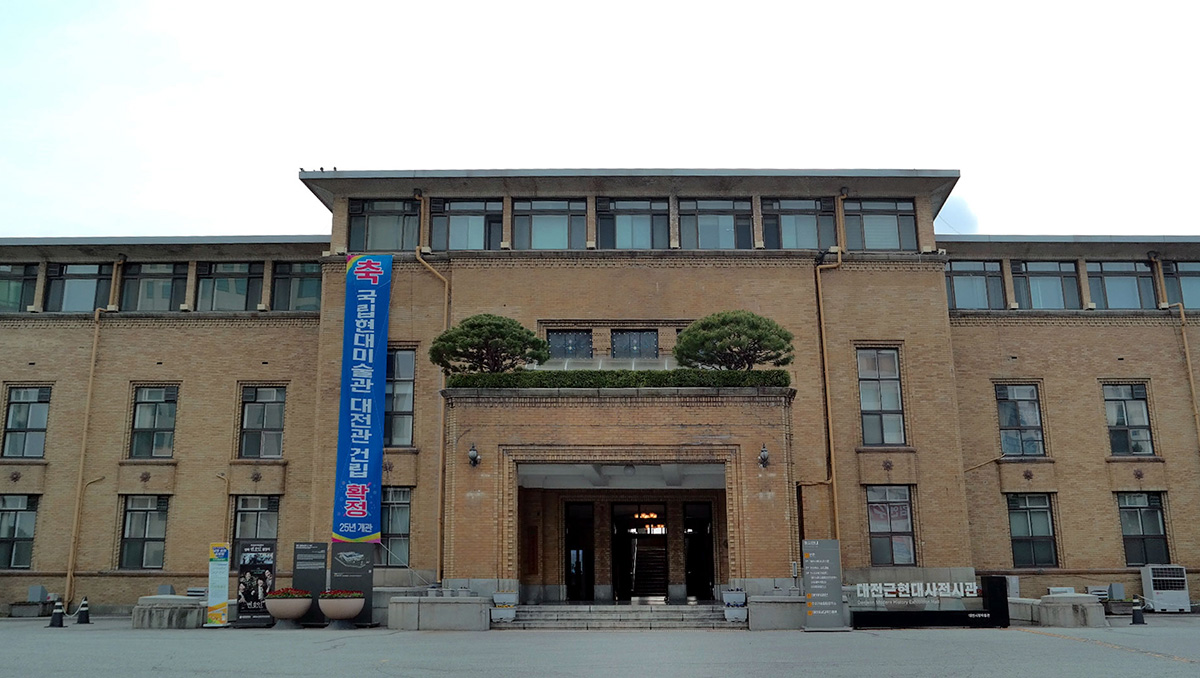
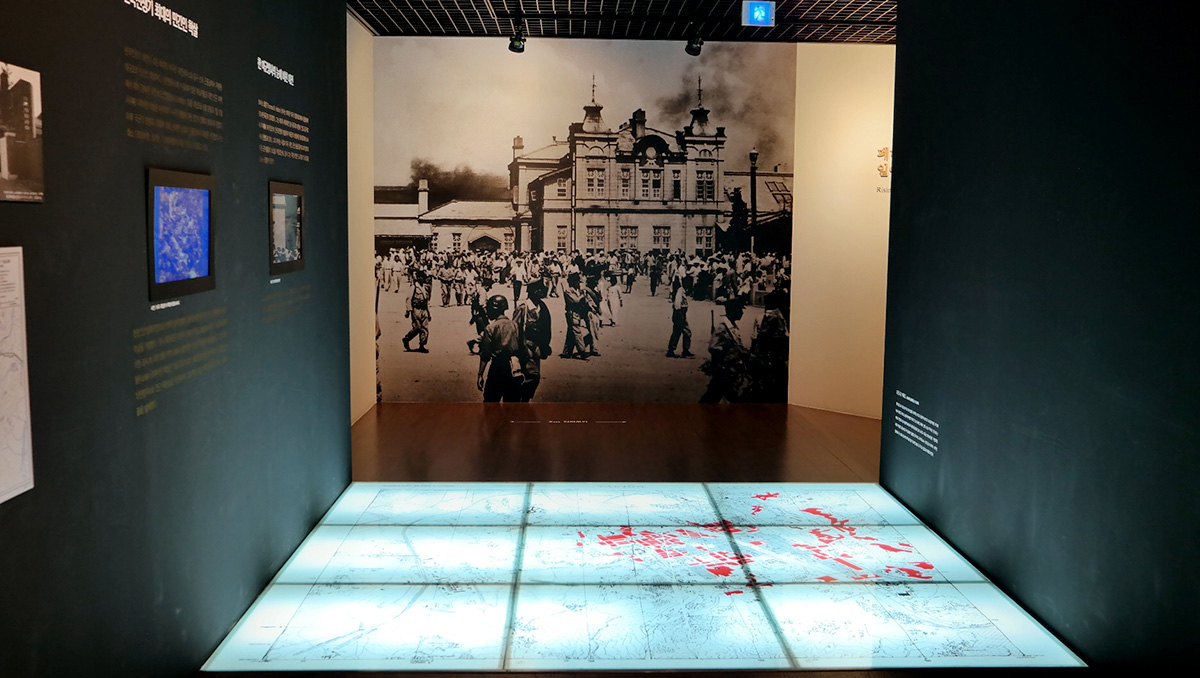
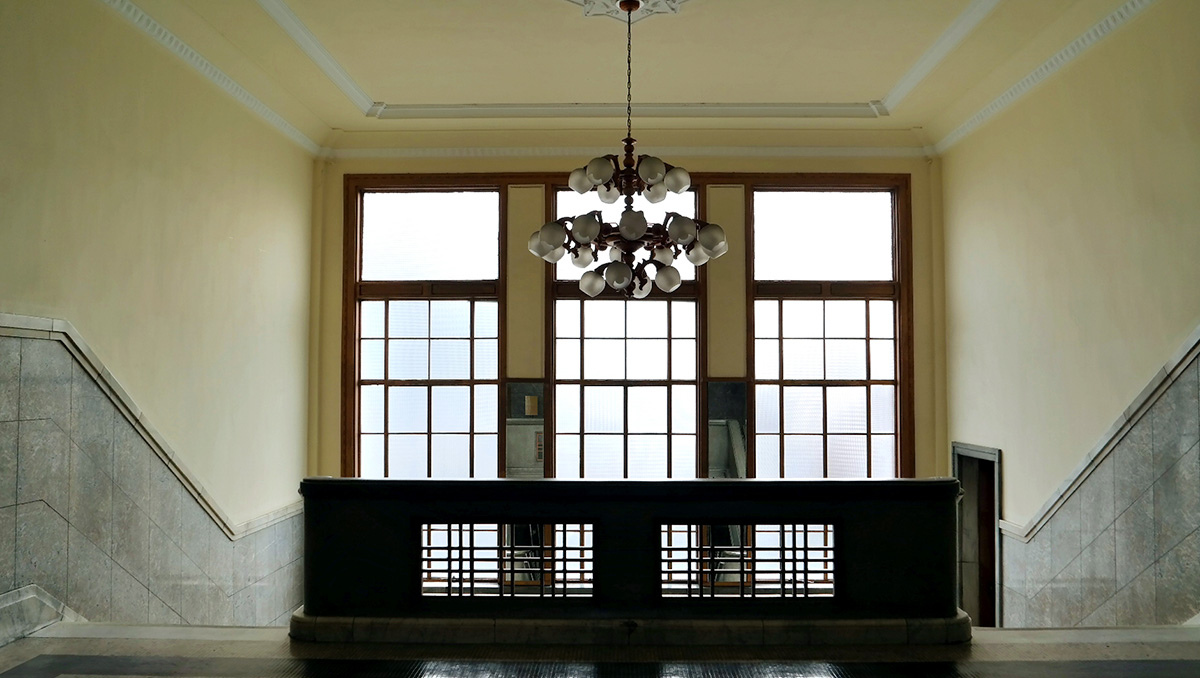
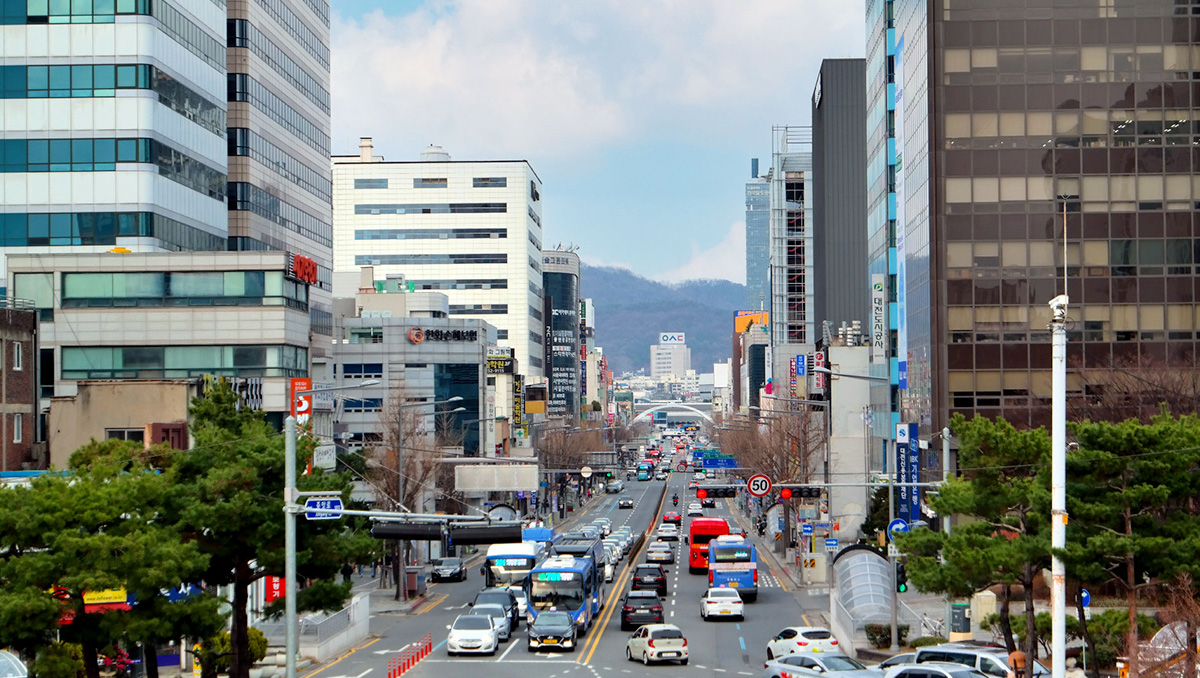
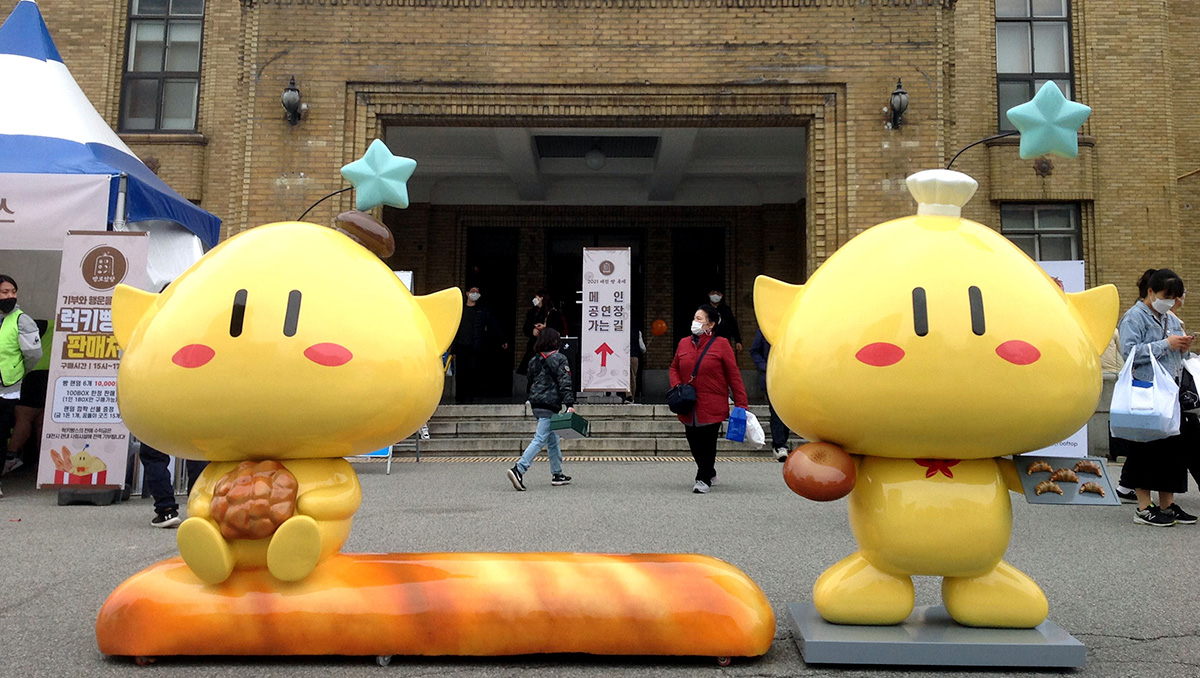
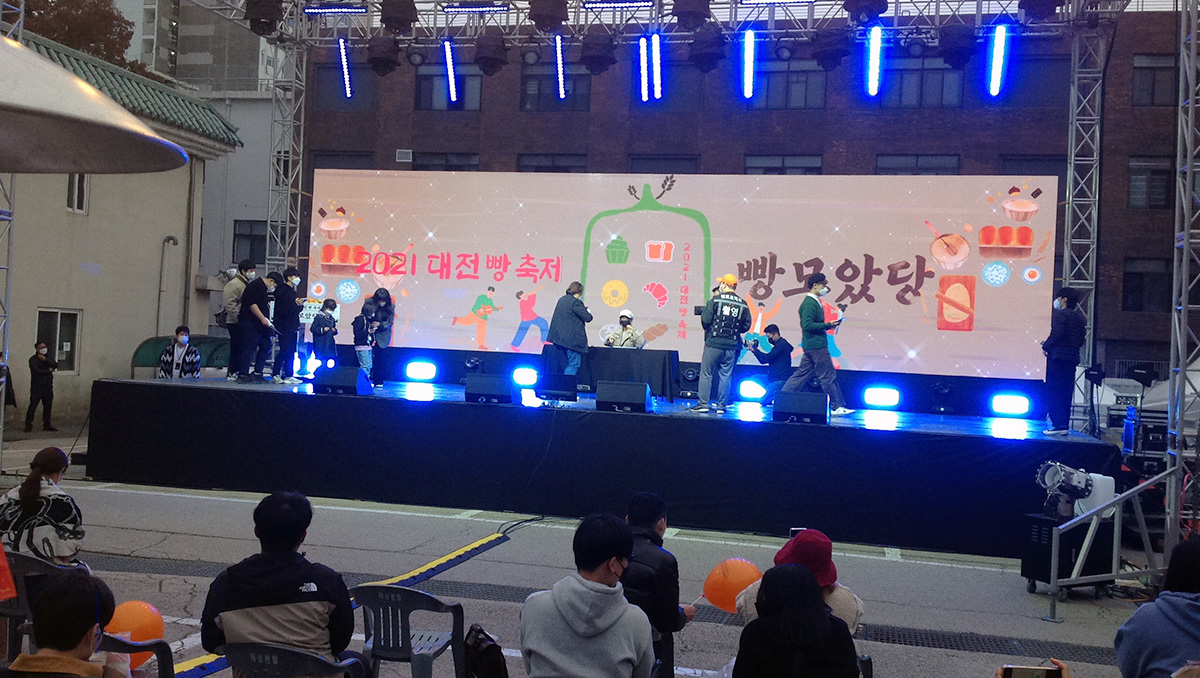
 Specialized Medical Service
Specialized Medical Service
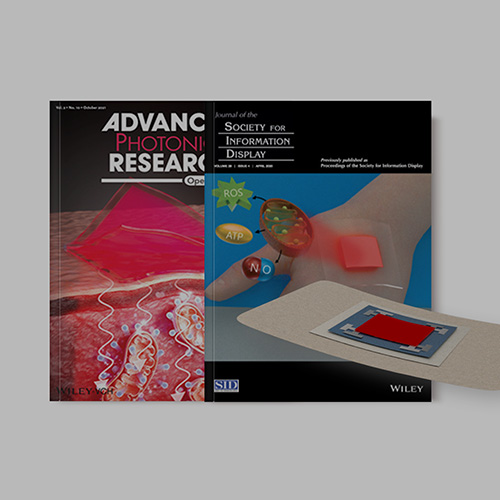 Bio Technology
Bio Technology
 Health & Wellness
Health & Wellness
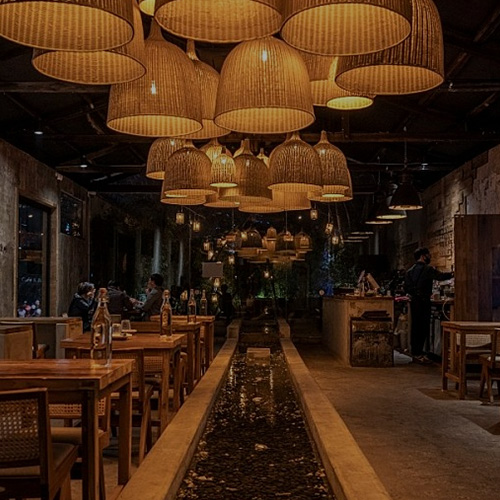 City & Culture
City & Culture
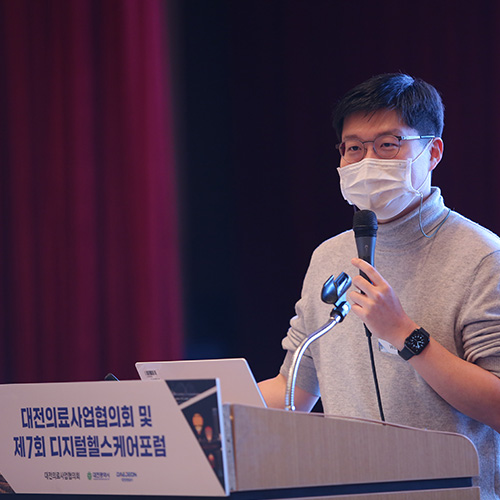 Hot Issue
Hot Issue
 Interview With
Interview With
 Medical Technology
Medical Technology
 City & Culture
City & Culture
 Food & Travel
Food & Travel
 Health & Wellness Tips
Health & Wellness Tips
 Hot Issue
Hot Issue